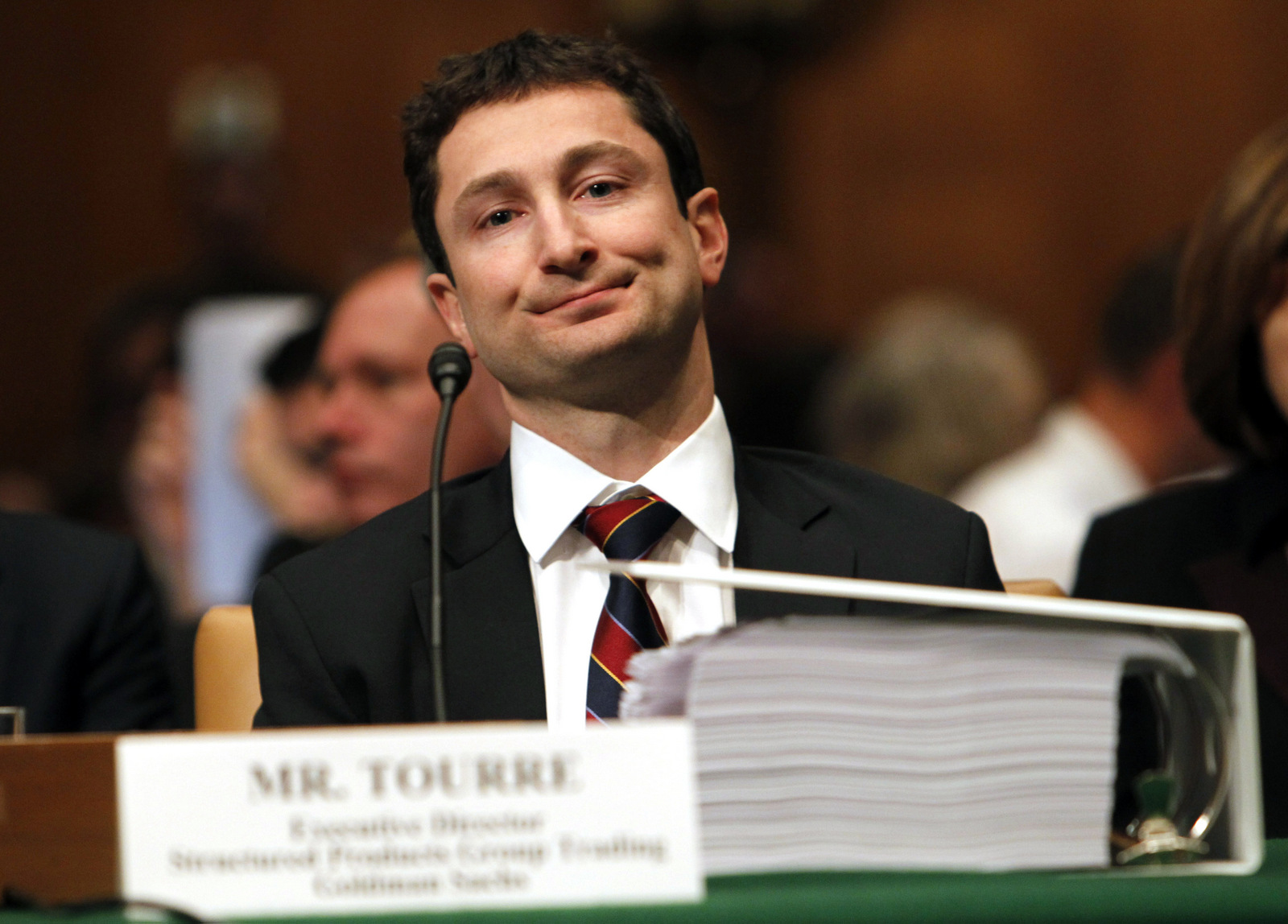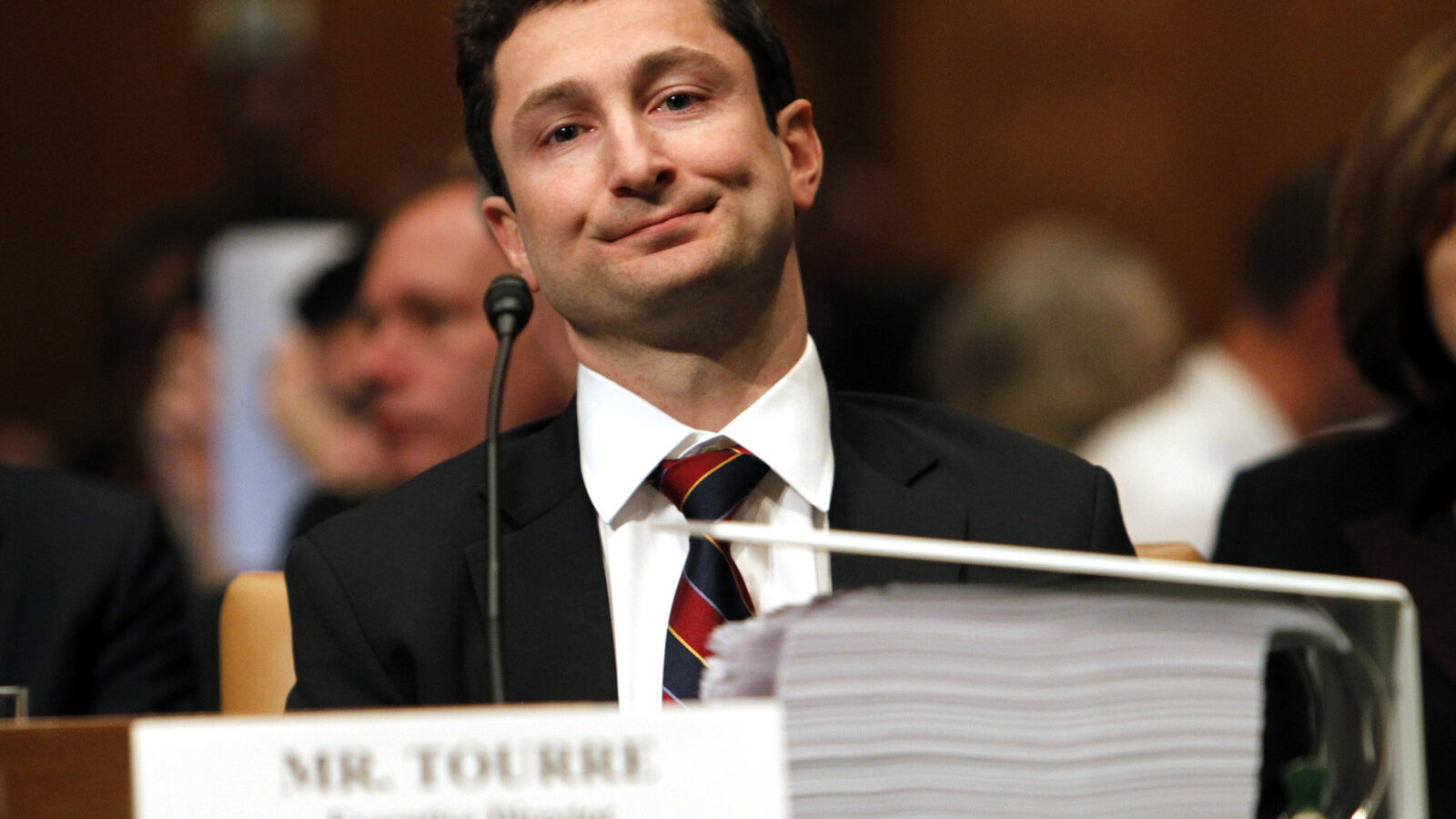
In the late summer of 2009, lawyers at the Securities and Exchange Commission were preparing to bring charges in what they expected would be their first big crackdown coming out of the financial crisis. The investigators had been looking into Goldman Sachs’ mortgage-securities business, and were preparing to take on the bank over a complex deal, known as Abacus, that it had arranged with a hedge fund. They believed that Goldman had committed securities violations in developing Abacus, and were ready to charge the firm.
James Kidney, a longtime SEC lawyer, was assigned to take the completed investigation and bring the case to trial. Right away, something seemed amiss. He thought that the staff had assembled enough evidence to support charging individuals. At the very least, he felt, the agency should continue to investigate more senior executives at Goldman and John Paulson & Co., the hedge fund run by John Paulson that made about a billion dollars from the Abacus deal. In his view, the SEC staff was more worried about the effect the case would have on Wall Street executives, a fear that deepened when he read an email from Reid Muoio, the head of the SEC’s team looking into complex mortgage securities. Muoio, who had worked at the agency for years, told colleagues that he had seen the “devasting [sic] impact our little ol’ civil actions reap on real people more often than I care to remember. It is the least favorite part of the job. Most of our civil defendants are good people who have done one bad thing.” This attitude agitated Kidney, and he felt that it held his agency back from pursuing the people who made the decisions that led to the financial collapse.
While the SEC, as well as federal prosecutors, eventually wrenched billions of dollars from the big banks, a vexing question remains: Why did no top bankers go to prison? Some have pointed out that statutes weren’t strong enough in some areas and resources were scarce, and while there is truth in those arguments, subtler reasons were also at play. During a year spent researching for a book on this subject, I’ve come across case after case in which regulators were reluctant to use the laws and resources available to them. Members of the public don’t have a full sense of the issue because they rarely get to see how such decisions are made inside government agencies.
Kidney was on the inside at a crucial moment. Now retired after decades of service to the SEC, Kidney recently provided me with a cache of internal documents and emails about the Abacus investigation. The agency holds the case up as a success, and in some ways it was: Goldman had to pay a $550 million fine, and a low-ranking trader was found liable for violating securities laws. But the documents provided by Kidney show that SEC officials considered and rejected a much broader case against Goldman and John Paulson & Co.
Kidney has criticized the SEC publicly in the past, and the agency’s handling of the Abacus case has been previously described, most thoroughly in a piece by Susan Beck, in The American Lawyer, but the documents provided by Kidney offer new details about how the SEC handled its case against Goldman. The SEC declined to comment on the emails or the Abacus investigation, citing its policies not to comment on individual probes. In a recent interview with me, Muoio stood by the agency’s investigation and its case. “Results matter. It was a clear win against a company and culpable individual. We put it to a jury and won,” he said.
Kidney, for his part, came to believe that the big banks had “captured” his agency — that is, that the SEC, which is charged with keeping financial institutions in line, had become overly cautious to the point of cowardice.
Read More:
Why Haven’t Bankers Been Punished? Just Read These Insider SEC Emails


